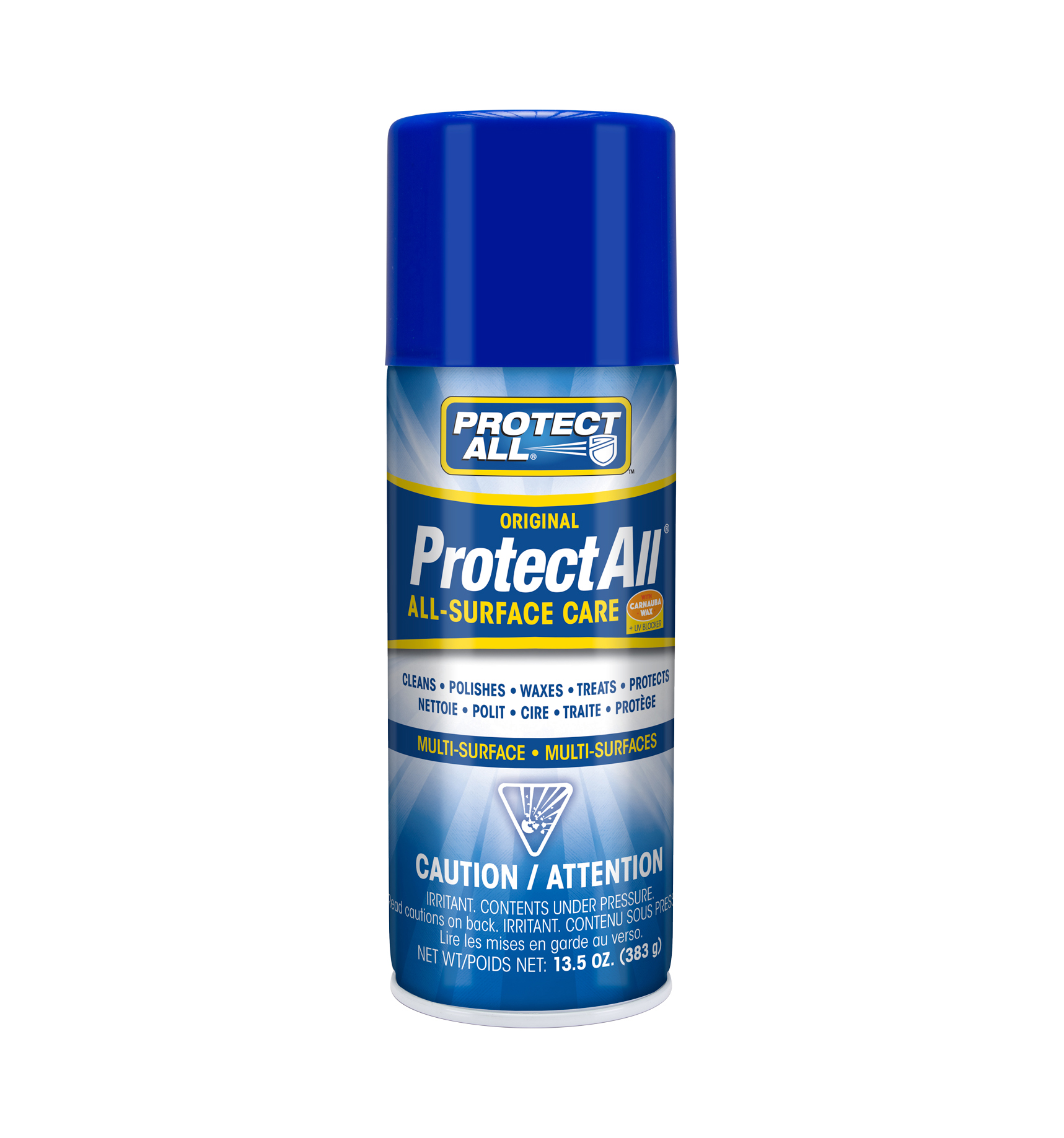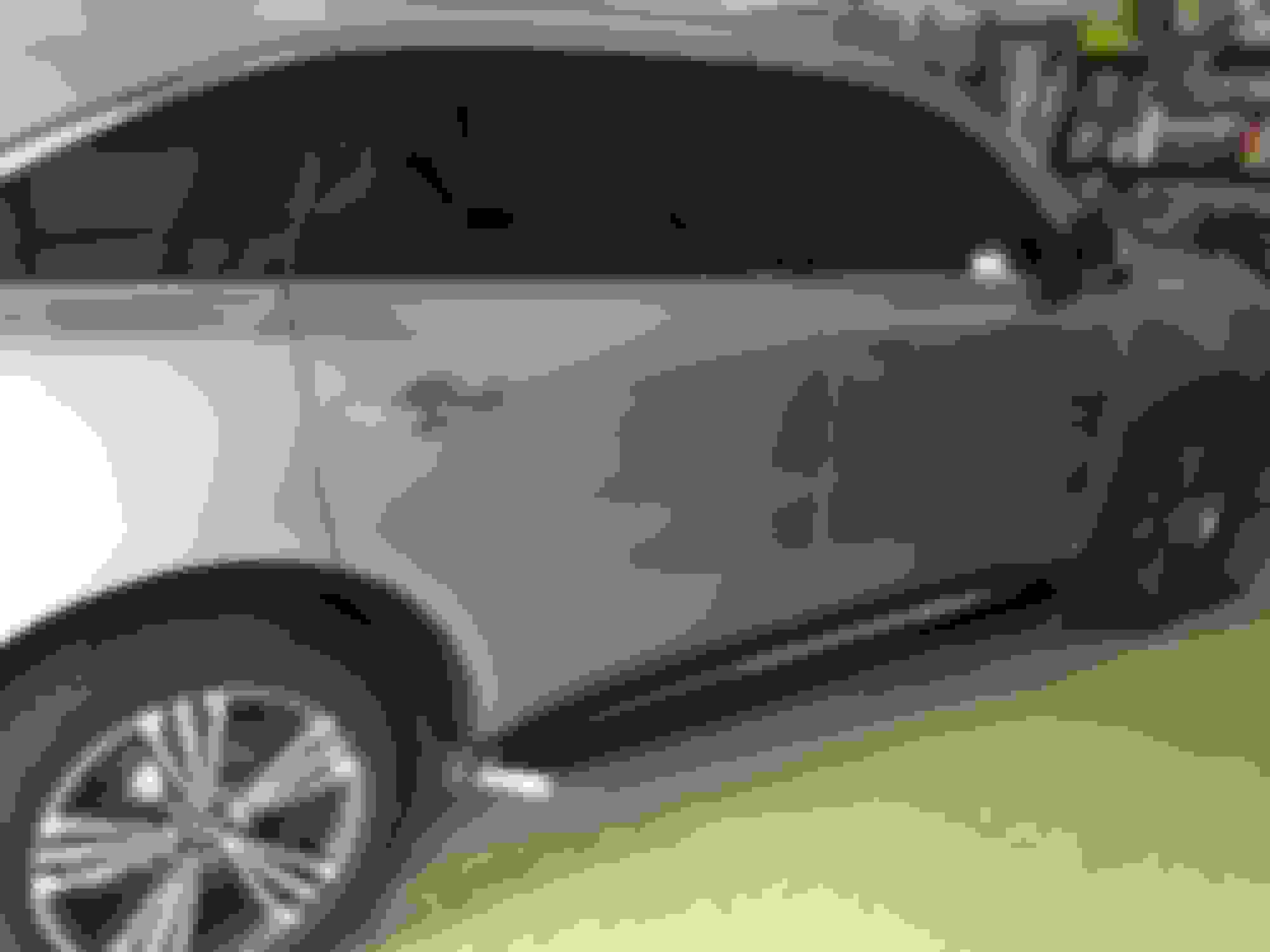

I think it is a good idea to clay as part of your detailing regimen, so go right ahead and do it. Would clay remove the wax? I was trying to avoid clay and polish but my old fashioned thinking is telling me clay might be the lesser of the two evils.Ĭlay is only going to remove surface contaminants. Thanks for the reply, especially coming from a pro! I was always afraid of polish on a newer car which is garaged, I thought I should use it only if there were some issues. Not only will this improve the shine of the paint, it will prep the paint surface for max durability of the Rejex application. I would use a mild polish to remove the wax and clean the paint prior to Rejex. It could take several washes to make a dent if the wax is fresh.
#REJEX WALMART FREE#
Please feel free to email anytime if you have any questions or comments:Įdit: Direct links to non-sponsor website removed.Dish detergent *might* strip Collinite, but Collinite is designed to withstand tough detergent cleaning. It should be on the Rejex Website by end-of-day today. If you need a good cleaner, we've just come out with a product called Xtreme Clean. So even though your paint is protected by the underlying RejeX layer, the contaminants will embed in a wax topcoat, so your vehicle will be more difficult to clean. So stains like bug guts, tree sap, bird poop, brake dust, diesel soot, and all the rest will embed into it.

Take your pick:ġ) If the wax contains polishing agents, like many paste waxes do, it may strip RejeX.Ģ) If the wax doesn't contain polishing agents, it's unlikely that the wax will be able to stick, and will probably just wash off.ģ) Wax is duller than RejeX, so wax on top of RejeX will just dull your shine.Ĥ) Wax is comparably very soft and porous. If you put a wax on top of RejeX, it's ultimately self defeating for a number of reasons. So for maximum longevity, it's best to put RejeX directly onto the paint, metal, plexi, or whatever you're trying to protect. And when it washes away, so will the RejeX (because it's bonded to the wax, not to the paint). So even though RejeX will protect the wax and increase its longevity, eventually the wax is going to break down. What happens is that wax is a much softer and less durable material than RejeX. It's not that RejeX won't stick to wax - it does. Sealant on top of wax? No can do if you want max durability. Wax on top of sealant? OK, but you can only top off with more wax. You will need to strip off the wax before applying more Rejex, or any sealant. IMO, having used Rejex and Collinite side by side, I think Rejex outshines and outlasts any wax regardless of who makes it or what claims they make.Ī polymer sealant like Rejex will not bond properly if a wax is on the paint. If the cleaner fills in some swirls or adds gloss to the paint like a glaze does, at least wash the car before applying Rejex or any polymer sealant to ensure a strong bond and max durability. Sure, the combo of clay, pre wax cleaner, and Rejex will work fine. Impossible to know how much it will remove or how many times you can use a wheel cleaner before all the protectant is gone, but assume at least some sealant is being removed by the cleaner. If one uses Eagle One all wheel cleaner, would that not strip off the Rejex? So, if you use Rejex on your wheels, then a water rinse is the only recommended cleaning method to remove brake dust and road grime?īret, what about using a clay bar, then a pre-wax cleaner/conditioner, THEN using Rejex? Will it work?Īnd last, Rejex versus Insulator Wax for durability and shine? And the winner is.?Īny wheel cleaner will certainly erode some of the sealant protecting the wheels, if not remove it completely.


 0 kommentar(er)
0 kommentar(er)
